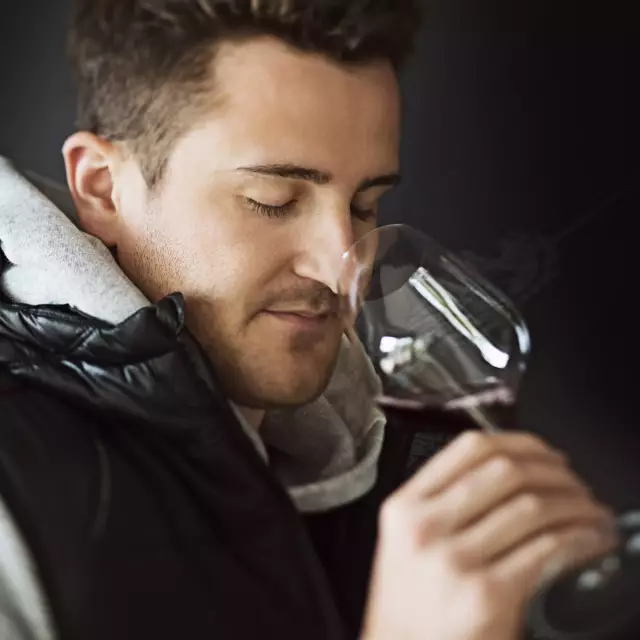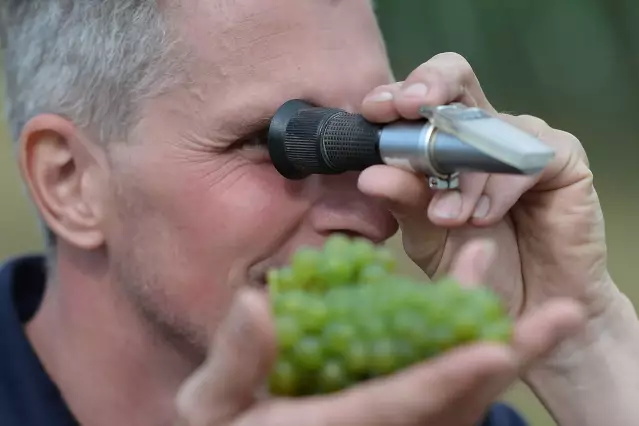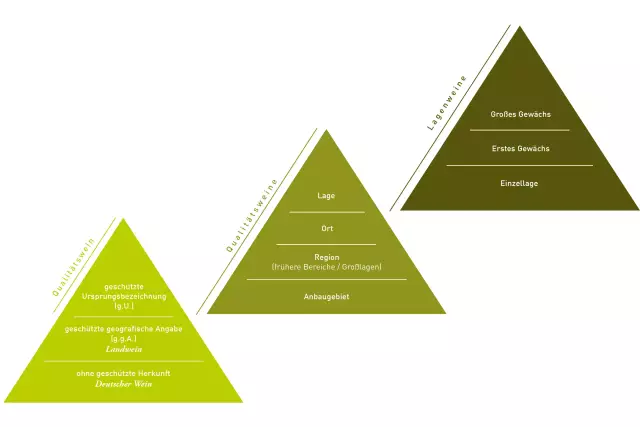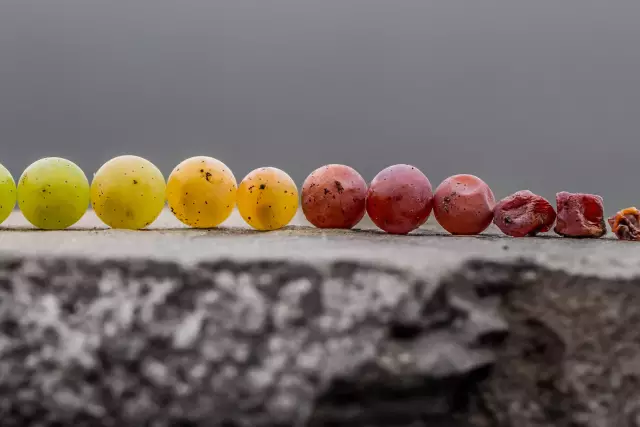Proven Qualitiy

Testing of all German Qualtität and Prädikat wines gives more security to the consumer.
Facts
-
Since 1971
every quality wine has been chemically analysed and sensory tested
-
In 2022
7.34 million hectolitres of wine were officially tested for quality
Proven quality
Since 1971, every Qualität and Prädikat wine has been chemically analysed by an approved laboratory and sensory tested by an official body. Only if a wine fulfils all the legally prescribed limits and reflects the character of the variety and its origin in terms of taste does it receive an official approval number. It must be indicated on the label.
The sensory test is carried out by an independent commission, which tastes and evaluates each wine masked. In this way, sensory testing ensures the gustatory quality standard of a wine that it promises with its information on the label.
In addition, the wineries are also visited on site at irregular intervals by state wine inspectors. Among other things, they check the documented harvest quantities and must weights of the different grape varieties as well as purchases and sales.
Awards offer orientation
In addition to the legally required test, the German Agricultural Society (DLG) and other organizations offer quality ratings and awards to wines with above-average quality that can help consumers in their choice. Importantly, all these different competitions have one thing in common: the wines are tested ‘blind’ by an independent expert committee. This ensures the greatest possible objectivity.
Which of the predicate levels has the highest must weight requirements?
The predicates are Kabinett, Spätlese, Auslese, Beerenauslese (BA), Eiswein and Trockenbeerenauslese (TBA). For TBA, the minimum must weight is 150°Oe, while Eiswein and BA must have "only" 120°Oe.




